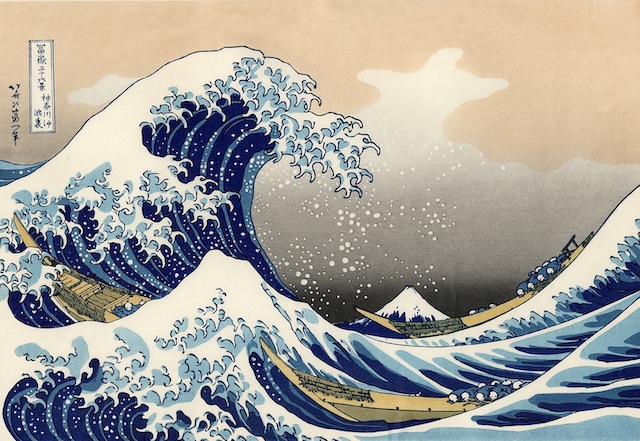
Each year on February 3rd the celebration known as Setsubun takes place across Japan. This celebration, literally meaning “seasonal division,” marks the end of winter and the beginning of spring. The celebration entails lively rituals to chase away symbolic demons that includes drinking sake, eating special sushi, and scattering soybeans. Thus the evils of the previous year are believed to be driven out, as fortune is welcomed.
Driving Away Demons with Beans
In keeping with other traditions that are practiced around this time of year, the purpose of celebrating Setsubun is also one of cleaning and purification. The day is used to drive demons and evil spirits out of one’s home with the help of roasted soybeans. These beans are known as ‘fuku-mame,’ meaning “lucky beans,” as they are supposed to be a tool that rids the home of evil and invites fortune in.
Traditionally, the oldest male member of the family dresses up as an oni, a kind of demon or ogre in Japanese folklore. The other members of the family then throw the roasted soybeans (sometimes peanuts) at the ‘oni’ to drive it out of the home by chanting: “Oni wa soto! Fuku wa uchi!” This chant translates to “Demons out! Fortune in!” and represents the act of cleaning one’s home from any evil or harmful spirits.
In addition to the oni mask that is being worn during Setsubun, those who throw the beans often don the face of the deity Okame. She is the kami of luck, good fortune and kindness, portrayed with a white friendly face, with chubby cheeks, and a warm smile. She acts as the defender against misfortune, scaring off oni and other wicked creatures with the help of the soybeans.
While the beans are usually thrown directly at the oni, they are also scattered in the front entrance as well as throughout the home and outside around and in front to make sure to scare away any demons in hiding.
Afterwards, people often eat the number of roasted soybeans that corresponds to their current age – plus one more – in order to make the coming year an especially lucky one.
It is also customary to drink sake and eat a type of fat sushi roll (makizushi) called eho-maki that are found in supermarkets, convenience stores and restaurants. Each eho-maki is filled with seven ingredients, as seven is considered one of the luckiest numbers in Japan.
Though makizushi is usually cut into pieces for convenient eating, eho-maki is kept as one long roll. The exact meaning of the word eho-maki translates to “lucky direction roll.” It is said that eating these in complete silence will bring good luck in the coming year.
Try It?
Setsubun heralds spring in a very unique way. Keiko and I will practice this tradition at home and also participate in an afternoon celebration at our local temple.
If you are interested in chasing out demons and ogres out of your homes and off grounds on the 3rd of February, why not throw a handful of roasted soybeans for yourself this year and take care of your good fortune?
Some of my former colleagues and students at the University of Maine may remember Setsubun from the times I invited them to participate in the celebration in my campus office. It is on a long list of memories I cherish from my service as the Executive-in-Residence at the Maine Business School.


I am surprised the legal department up in Orono allowed you to host such a dangerous gathering! Why, with those beans rolling around, someone might lose their footing and fall or turn an ankle. A lawsuit waiting to happen!
“Don’t ask; Don’t tell!” I had more requests for an invitation than I could accomodate in my office.